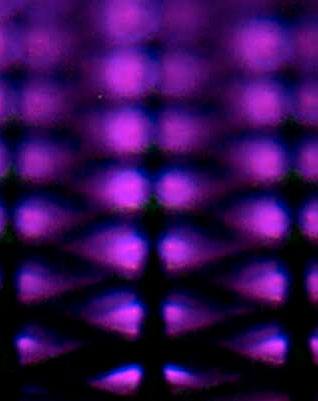Main characteristics and advantages of ozone.
Powerful
.
Ozone is one of nature's most powerful and effective oxidants for air, water, and surfaces.
It is also found in outdoor environments.
Effective
.
Ozone eliminates or inactivates viruses (ex: BoCov, norovirus and others), bacteria, fungi, molds, spores, odors and VOCs, yeasts, pollen and mites.
For effective cleaning, the minimum effective concentrations are not fully established, but it is considered that they have to be from 2 ppm.
Natural
.
Interestingly, ozone is produced quite easily in nature, most often as a result of the lightning strikes that occur during electrical storms or also through its interaction with the ultraviolet radiation emitted by the sun.
Regenerable
.
Ozone has, it has a very short life cycle of about 30-40 minutes and it is converted back into oxygen naturally ... it just does its job and disappears.
Ecological
.
Ozone disinfects perfectly without the need for chemical additives and detergents, using its natural oxidizing force.
At the end of the treatment, the ozone is converted back to oxygen.
without leaving any toxic or chemical residue.
Recognized
.
Ozone is internationally recognized as an air and water disinfectant with excellent properties.
Instant
.
It is generated in situ for its application, unlike other disinfectants such as hypochlorite (bleach), and other chemicals that must be stored, posing a risk.
Economic
.
Very low electricity consumption.
Insurance
.
Although ozone is a gas, it is not flammable, abrasive, or explosive.
By itself it does not deteriorate inorganic materials such as metals, furniture and objects.
In low concentrations it does not harm people or animals, but it is recommended to use it in light jobs such as offices at maximum concentrations of 0.1 ppm for daily exposures of 8 hours and 0.2 ppm for periods less than 2 hours.
If it is breathed in high concentrations, it is a dangerous health pollutant that causes irritation of the eyes, throat and pathologies.
Regarding its use in water, ozone dissolved in water is harmless, not posing any risk to health.
It is recommended to follow these recommendations for maximum concentration in air:
-
The
Environmental Limit Values (VLA) of the INSHT
(National Institute of Health and Hygiene at Work) establish exposure limits for ozone depending on the activity carried out, being the value for light work in offices of
0.1 ppm
or 0, 2 mg / m³ (daily exposures of 8 hours) and 0.2 ppm or 0.4 mg / m³ for periods less than 2 hours.
- Spanish Standard UNE 400-201-94
: Safety recommendations for Ozone generators for air treatment <100 µg / m³ (equivalent to 0.05 ppm or 0.1 mg / m³).
-
The
WHO
(World Health Organization) proposes a reference value of 120 µg / m³ (0.12 mg / m³) or 0.06 ppm for a maximum period of 8 hours.


